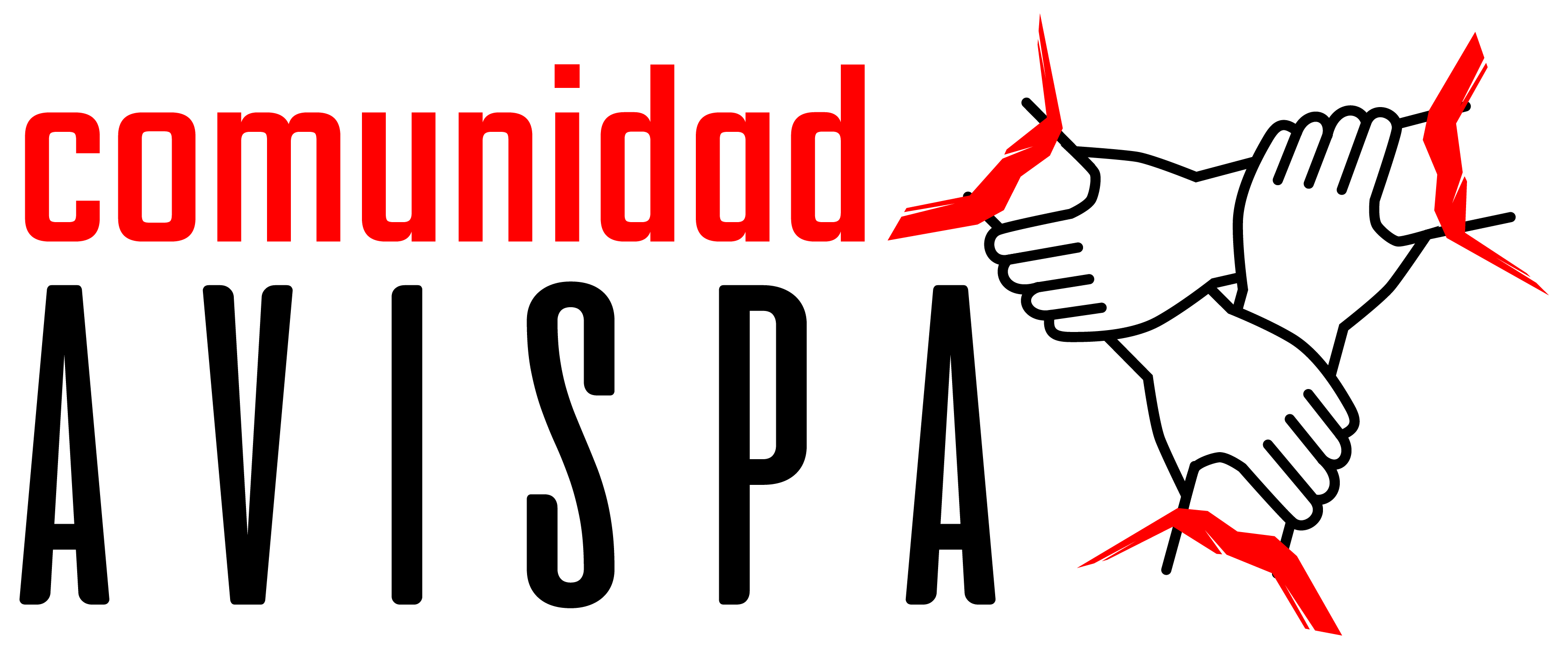Translated by Scott Campbell
Five observers from the Civil Observation Brigades (BriCO) withdrew from the Tzotzil community of Nuevo San Gregorio, Chiapas, due to lack of security guarantees and the intensification of attacks against this Zapatista territory.
The attacks appear to be coming from people from the San Gregorio ejido, Ranchería San Andrés Puerto Rico, Ranchería Duraznal, and Ranchería Rancho Alegre—four villages in the area—who are trying to displace the Zapatistas and take their territory.
The attacks began in 2019 and have not let up since then, according to the Fray Bartolomé de Las Casas Human Rights Center (Frayba). As a result, the BriCo camp was set up in the community on March 3, 2021.
In 2022 alone, observers documented 21 attacks against five families—27 people—who live in Nuevo San Gregorio. The community is part of the collectivized territory of the Lucio Cabañas Autonomous Zapatista Rebel Municipality, part of Caracol 10 “Flowering of the Rebel Seed,” of the “New Dawn in Resistance and Rebellion for Life and Humanity” Good Government Council.
In video recordings from their observation work, a young girl reports that one of the “invaders” threatened to kidnap her. “I was very afraid. We used to be able to go out and walk, to carry firewood with my siblings and my parents, but since the trouble started it’s scary. I came back trembling.”
The youngest drew pictures to express what is happening to the community. “There are no days that they don’t come. As you can see in the drawings, they come with sticks and machetes,” said a teenage girl. Meanwhile, a child said he felt very sad about what they are living through.
Despite three years of complaints made both publicly and directly to the Mexican state, there has been no attention and no progress made. In the meantime, the violence continues, including intimidation, death threats, sexual violence and torture, physical attacks, livestock theft and property destruction, water shutoffs, surveillance, obstruction, traffic blockades and tolls, and even kidnapping.
Proposed solutions
The 155 hectares of Nuevo San Gregorio are located in Hixtán, Chiapas. They are part of territories reclaimed in 1995 following the armed uprising of the Zapatista Army of National Liberation (EZLN),
“We saw a daily presence of invaders. They put barbed wire up everywhere; the inhabitants are practically kidnapped in their own town; they can’t live freely: the women have to stay at home, the children can’t go to school normally and are behind; they can’t grow crops either,” said an observer who left the community on June 28 after receiving direct threats.
On June 10, 15, and 19, 2022, the brigade once again documented aggressive actions that put the life, security, and personal well-being of the BAEZLN (EZLN Support Base) at risk. These actions also pose a risk of forced displacement of the entire community and serious violations of the right to free movement in the region.
The inhabitants, together with the Good Government Council, tried to dialogue with the invaders. They offered three proposals: work in common, one hectare for each invader, or half of the recovered land.
“They never accepted. Their intention is to take over possession, and they want us to leave despite the fact that we’re residents. We are not taking over anything; we’re guardians,” said the inhabitants. “The land is for working, not for turning into a business,” they added.
They have been psychologically affected, they say, having to halt all activities in order to be alert when the invaders arrive and attack the peoples’ autonomy and self-determination.
Concern grows with the attacks and obstruction of the work of the observers, who are a fundamental part of documenting and reporting on what is happening in this community.
“It would be impossible to know what is going on. They are people who want to live in peace and who have a collective philosophy, they are land defenders,” added two French observers who relayed some of the events to the UN Special Rapporteur on the Rights of Indigenous Peoples and the Special Rapporteur on the Human Rights of Internally Displaced Persons.
Frayba noted that this is not the only community under attack out of the 110 observation camps currently in place, where 11,000 people from different continents are documenting.
“We hope the Mexican state is called upon by other institutions to comply with its obligations,” added Frayba.


